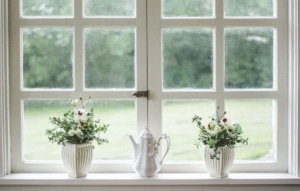The Standard Window Height for Your Home
Importance of Standard Window Height

Factors Influencing Window Height
The standard window height varies based on several factors, including the room’s purpose, architectural style, and personal preferences. For instance, in living rooms or bedrooms, taller windows can create an illusion of larger space and allow more natural light to enter. On the other hand, bathrooms or kitchens may require shorter windows for privacy reasons while still maintaining adequate ventilation.
Determining the Right Window Height
Before deciding on the window height for your home, consider the burstiness of natural light you want to achieve. Taller windows capture more daylight, making the room feel brighter and more inviting. Think about the interior design elements and furniture placement to ensure that the windows complement the overall aesthetic appeal of the space.
Standard Window Height Guidelines
While there are no strict rules for window height, there are some general guidelines to follow:
- For standard residential homes, window heights typically range from 24 to 36 inches above the floor.
- In rooms with higher ceilings, you can opt for taller windows to create a sense of grandeur.
- Consider the exterior landscape when determining the window height to maximize scenic views and outdoor connections.





